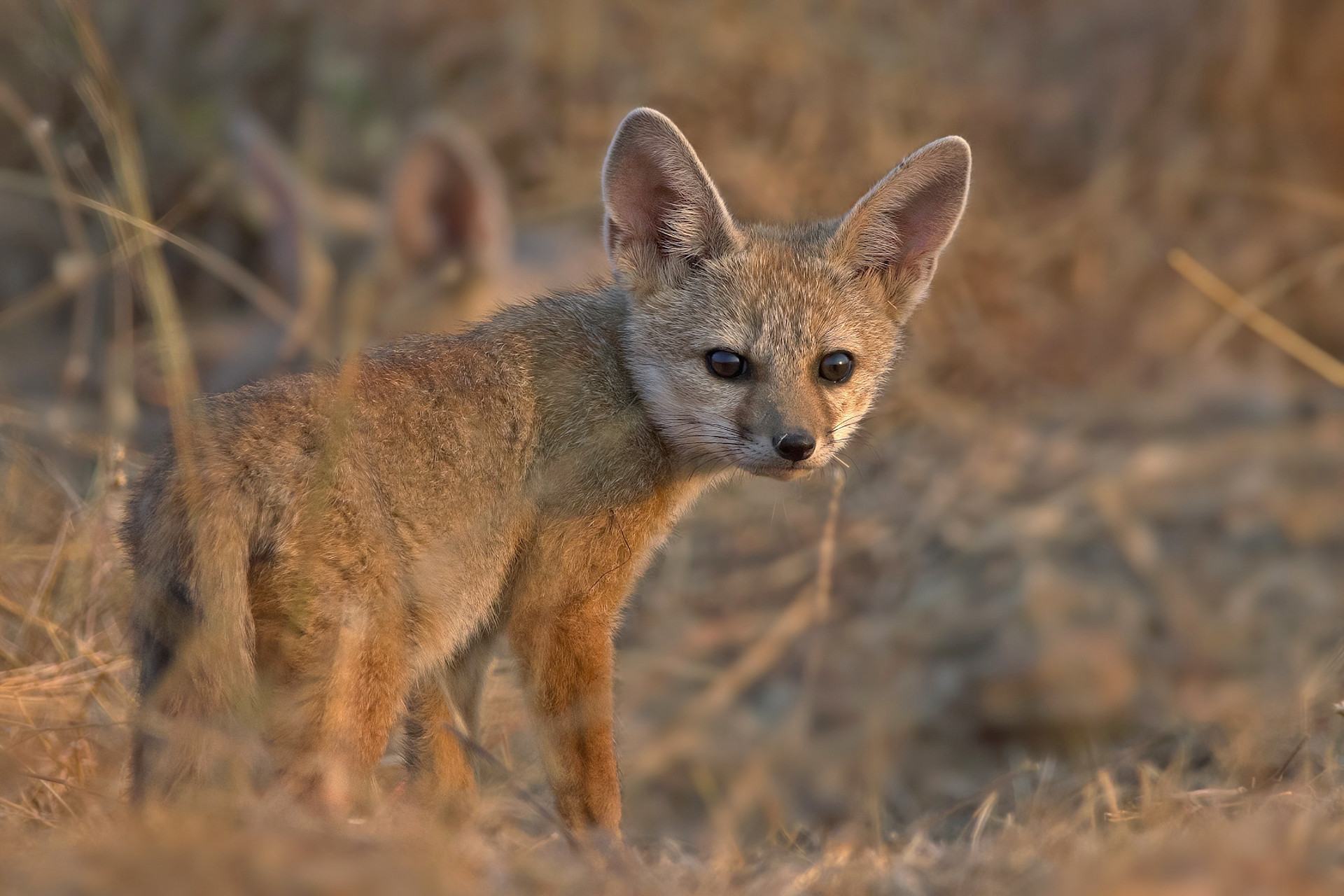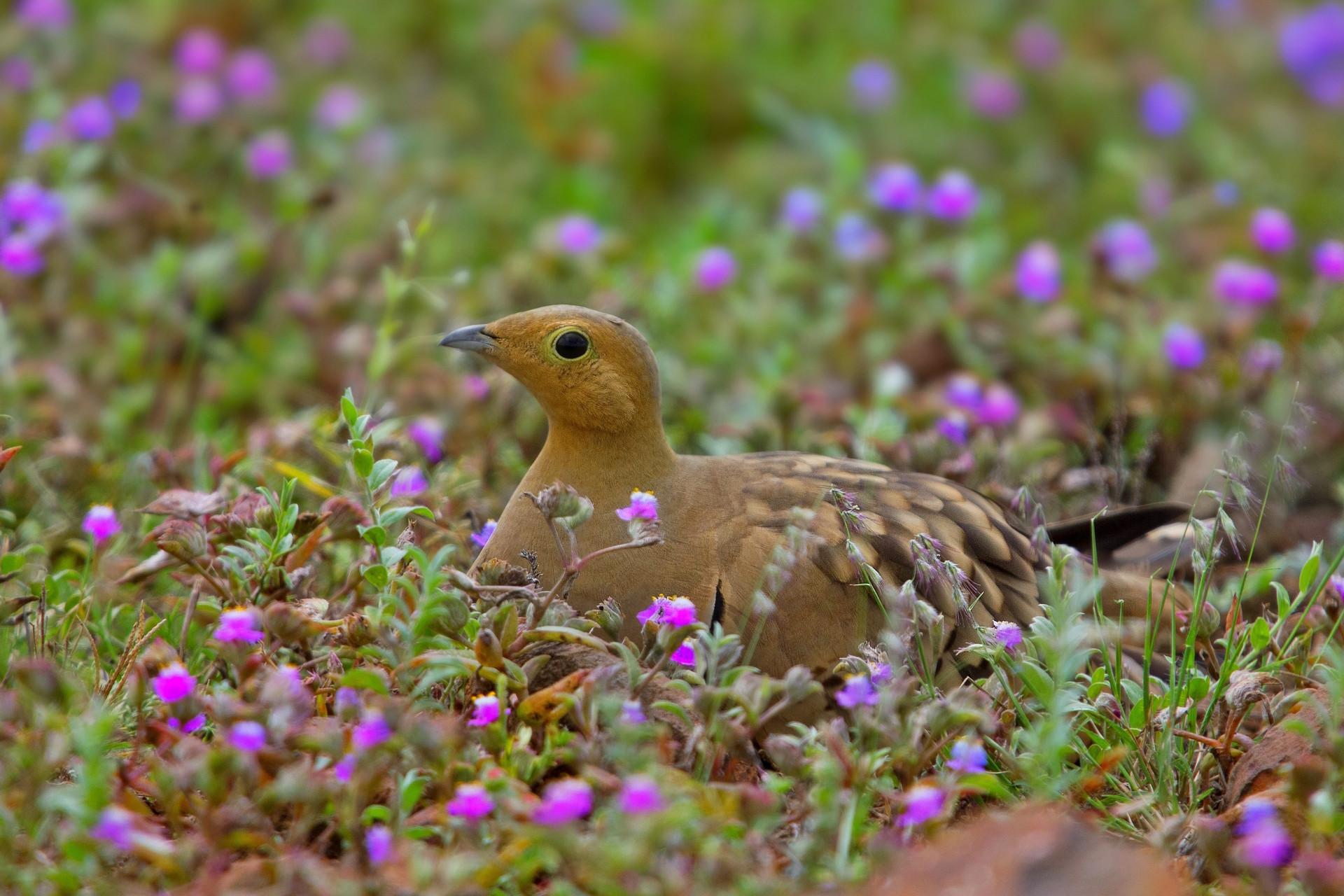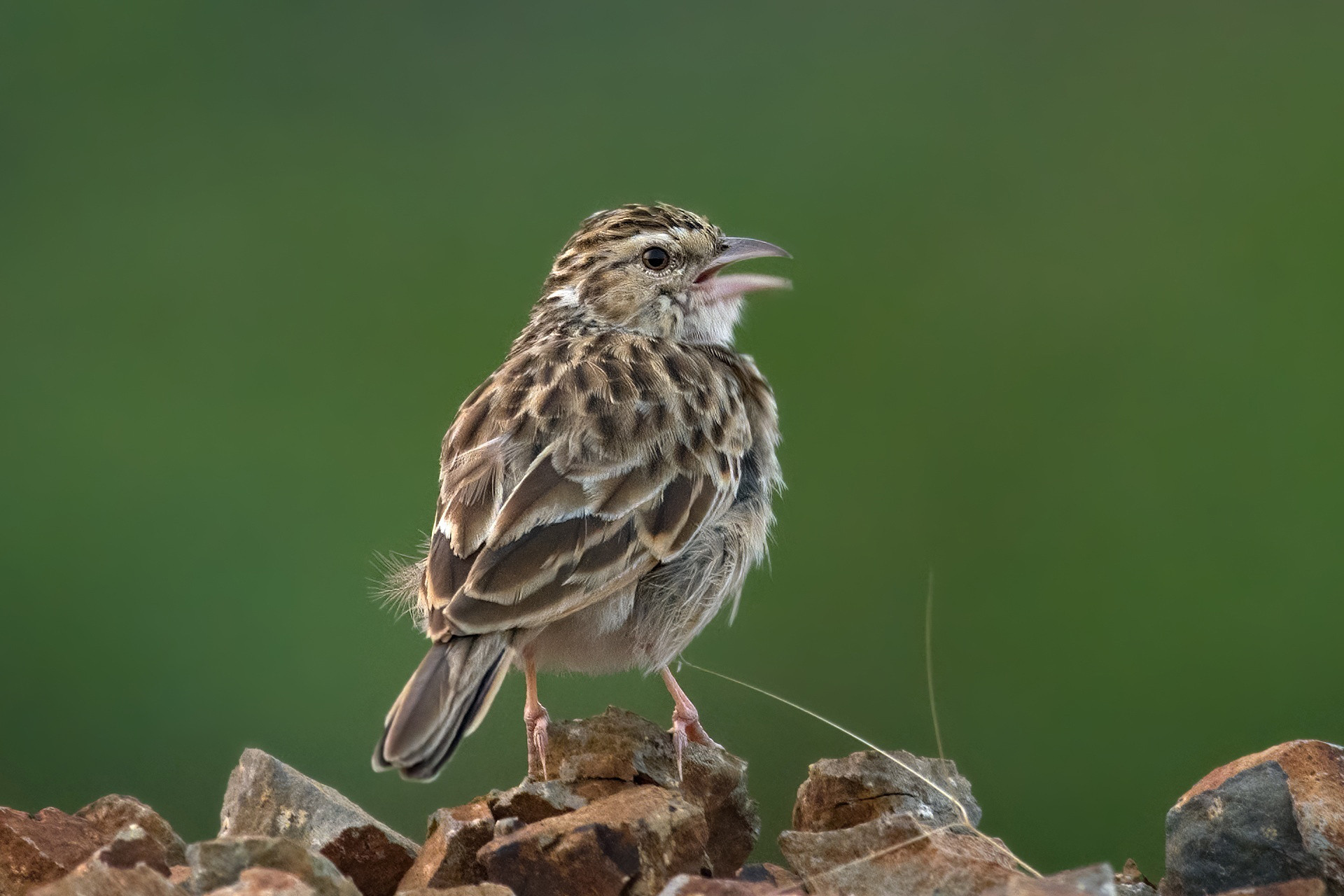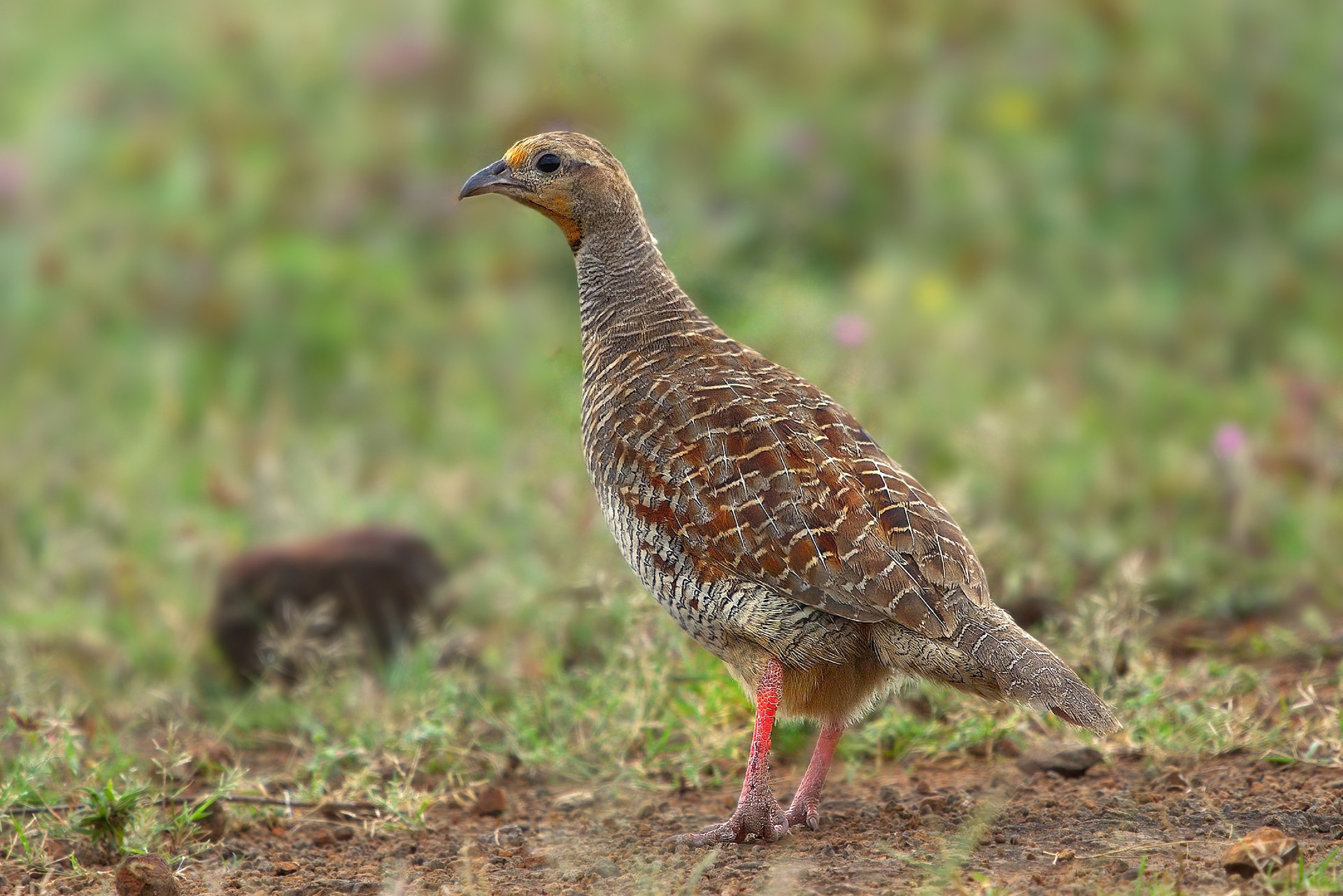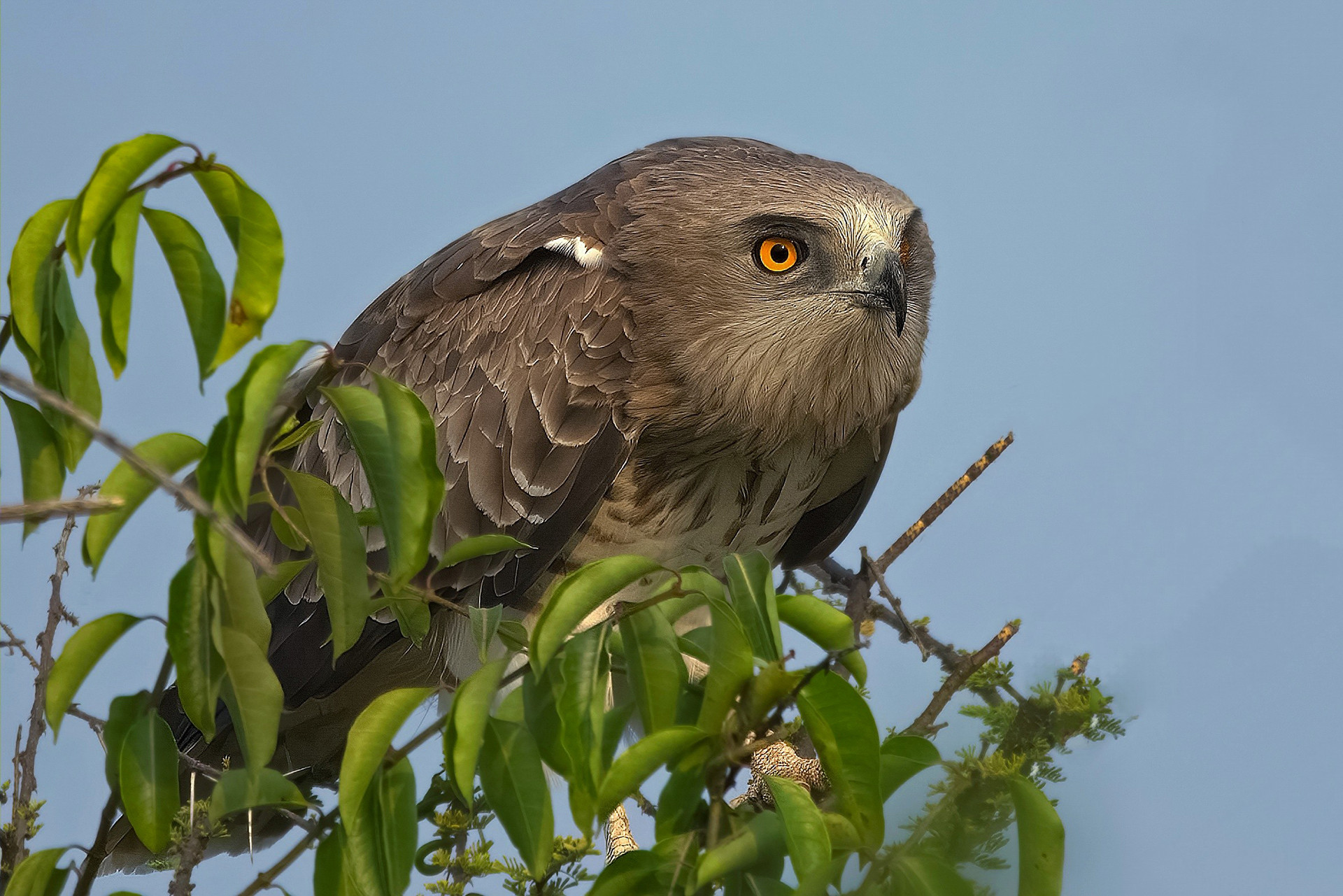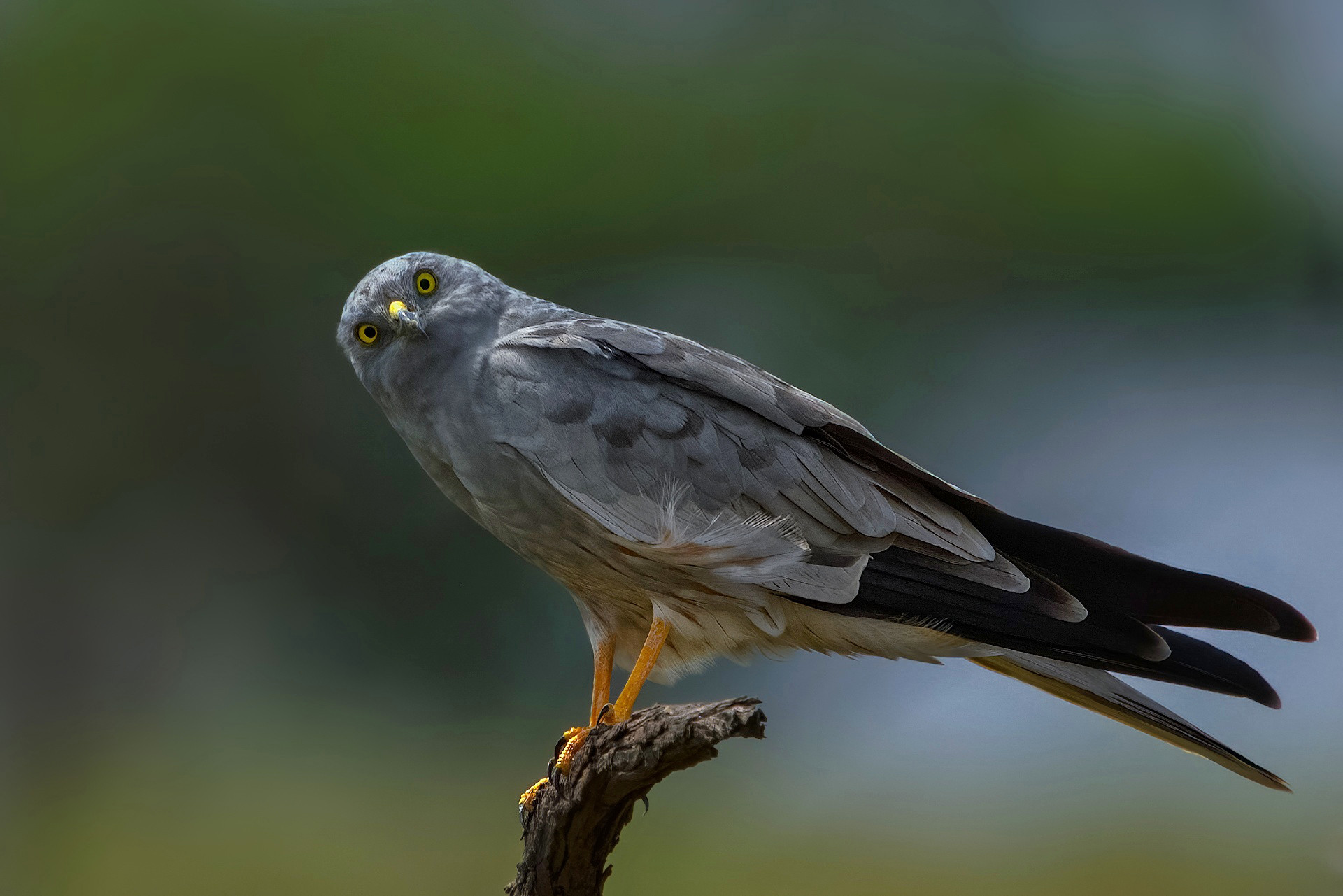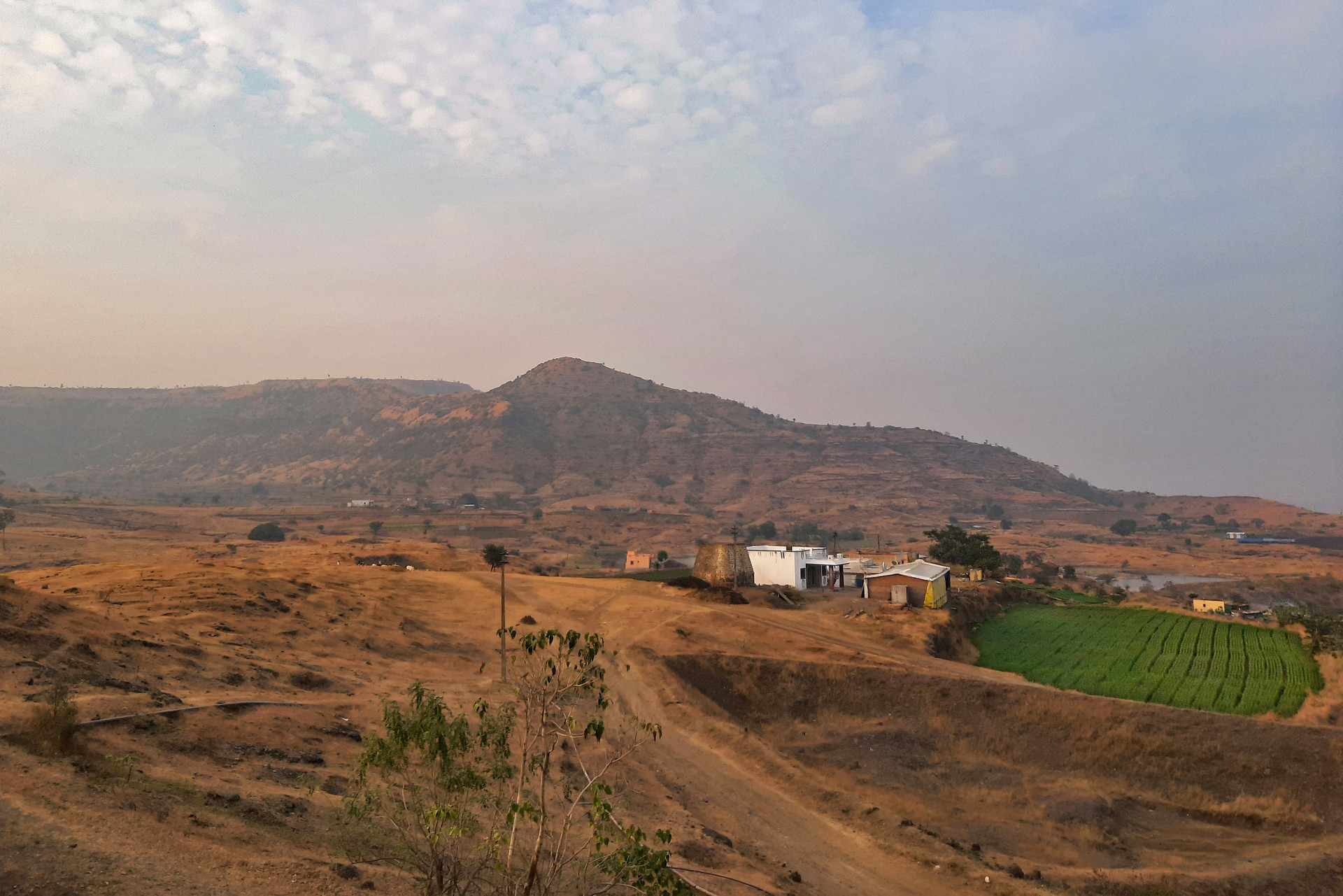Grasslands are essentially extensive flatlands under a continuous cover of grass. These areas receive more rainfall than deserts but the amount of precipitation is less than that in forests. Naturally, the vegetation here is dominated by grasses which don’t require as much water as forest vegetation. Though grasslands may look lifeless at first glance, hidden amidst the grass there is a vast variety of faunal diversity.
Pune, in the state of Maharashtra, is the perfect example of a rapidly developing, sprawling Indian city. But the larger region here is dominated by grasslands that expand over an area of more than 5800sq.km. Saswad, just 35km away from Pune, is one of the many such unprotected regions, consisting of semi-arid, savanna landscapes. Often referred to as ‘wastelands’ because of their lifeless appearance, India’s grasslands are in truth home to some of the most elusive and endangered animals, with more than 270 species of birds and many species of reptiles.
The grassland ecosystem is just as important as any other ecosystem for maintaining the balance in nature. Apart from fostering a huge diversity of animal and birdlife, grasses after they die, play the role of natural fertilisers. They help in preventing soil erosion and provide the soil with moisture and texture.
Chinkara is one of the flagship herbivore species found in the vast grasslands of Pune. Also known as the Indian Gazelle, Chinkaras here are flourishing because of the low number of predators and an abundance of food resources. The endangered and elusive Indian Grey Wolf is one of the apex predators of the region. Unfortunately, their numbers are decreasing at an alarming rate due to habitat destruction and road mortalities among other reasons. Other mammalian species inhabiting the area are the Indian Fox, Indian Leopard, Striped Hyena, Golden Jackal, Indian Mongoose and civets to name a few.
The region’s grasslands are often used by the locals to dump cattle carcasses and poultry waste which ensures a steady food supply for all the predators found here, right from leopards and wolves to feral dogs. The landscape also harbours a great number of reptiles, including the endemic Poona Skink, Saw-scaled Viper, Leopard Gecko, Bengal Monitor etc.
From April to late June, the grasslands turn into display grounds for the vividly coloured Fan-throated Lizard. These lizards start showing up everywhere as they attempt to secure a territory and attract mates.
The grasslands here also house a vast variety of grass-dwelling birds such as the Grey Francolin, Painted Francolin, Bush Quail, Painted Sandgrouse, Chestnut-bellied Sandgrouse, etc.
In these areas, the arrival of the monsoons is announced by the calls of Rain Quails and Common Hawk-Cuckoos. Rain Quails are most active during this time of the year which is also their breeding season. Other significant birds residing here are Striolated Bunting, White-bellied Minivet and Indian Courser to name a few.
The raptors inhabiting these grasslands include notable species like the mighty Bonelli’s Eagle, Indian Eagle-Owl, Black-shouldered Kite and Short-toed Snake-Eagle.
The arrival of winter is an invitation for migratory birds that are annual visitors to these grasslands. They arrive here as passage migrants, travelling to relatively warmer regions with the intention to feed, as winter falls in their temperate breeding grounds.
Montagu’s Harrier, Pallid Harrier, Common Kestrel, Lesser Kestrel and European Roller are some of the birds migrating to these parts in the winter.
But today, these grasslands are in grave danger. Mass destruction of grassland ecosystems are taking place not only in and around Maharashtra but all around the world. There is very little awareness of the diversity these grasslands hold and hence no second thought is given before converting these ‘wastelands’ into agricultural fields.
Highways and railway lines cutting through these sensitive zones result in the mortalities of already endangered animals like the Indian Grey Wolf. Feral dogs are another major threat, with documented records of packs killing Chinkaras and ambushing the denning sites of hyenas, foxes and ground-nesting birds.
Instant measures need to be taken in order to conserve these hotspots of biodiversity. Extensive parts of these grasslands need to be protected and converted into wildlife reserves and sanctuaries, like the Mayureshwar Wildlife Sanctuary situated near Pune.
In Pune, grasslands that come under the cover of protected areas are less than 1 per cent. Continuous efforts need to be made to educate people on how to protect these grasslands. We need to realise that an entire biome will get wiped out if immediate efforts are not made to protect these diverse habitats. Our grasslands need to be conserved in order to preserve what they shelter. The time to act isn’t gone, it has just begun.


